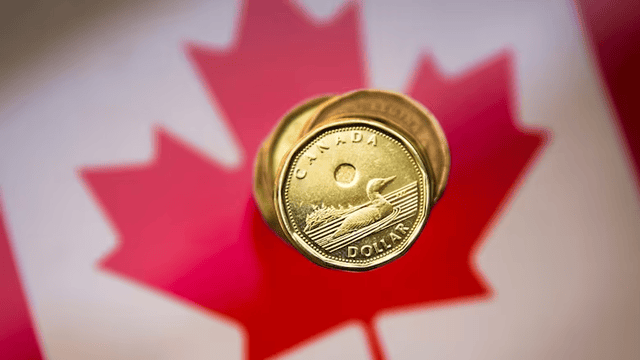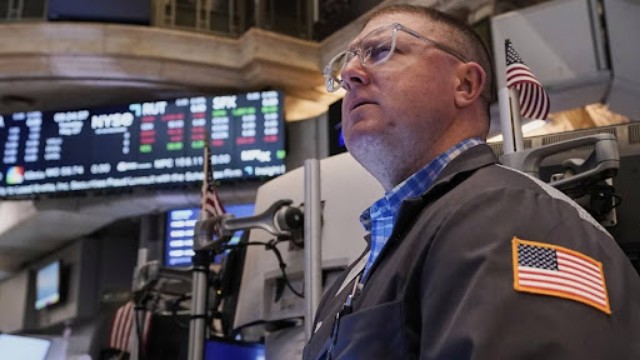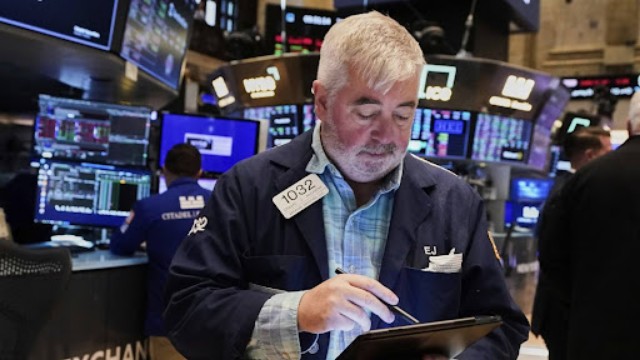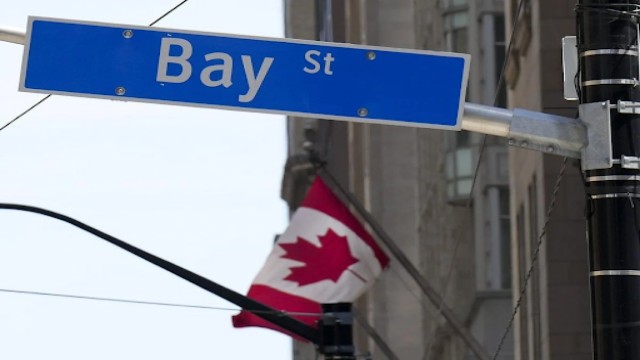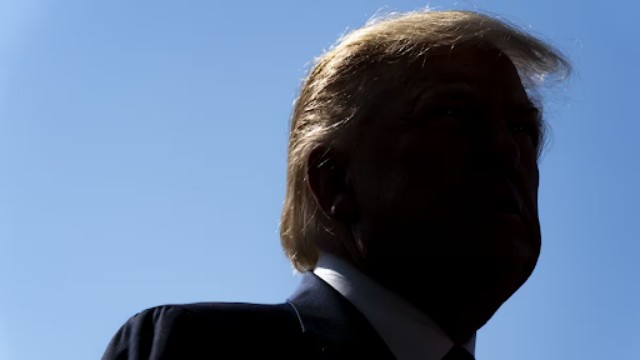
David Rosenberg, founder and president of Rosenberg Research, gives his take on the markets as concerns grow over Trump's tariff threats and their impact on the global economy.
President Donald Trump has put tariffs at the forefront of U.S. economic policy, fulfilling a key campaign promise. His administration has rolled out plans for significant import taxes aimed at major trading partners, signalling a shift from traditional global trade practices.
What Has Trump Announced?
Trump’s tariff initiatives began in February with a blanket 10% tax on imports from China. He also proposed ending exemptions for low-value shipments from China and Hong Kong, a move that has since been delayed. Additionally, he ordered a 25% tariff on goods from Canada and Mexico but paused implementation for 30 days while negotiating with their leaders.
The administration also introduced a 25% tax on steel and aluminum imports and plans for “reciprocal tariffs” tailored to each trading partner. On February 19, Trump signalled additional tariffs of 25% on imports of automobiles, semiconductors, and pharmaceuticals. If fully implemented, these measures could significantly alter global trade.
What is Trump's Goal?
Trump’s tariff strategy serves three primary purposes: boosting American manufacturing, raising federal revenue, and using tariffs as a diplomatic tool.
- Reviving U.S. Industry
Trump sees tariffs as a way to protect domestic manufacturers from foreign competition. By imposing higher taxes on imported goods, he hopes to encourage companies to set up production in the U.S. He has also proposed tax incentives and faster permit approvals for businesses investing in domestic production. - Generating Revenue
The administration plans to extend tax cuts introduced in 2017, many of which expire in 2025. Trump wants to fund these reductions with tariff revenue. Some estimates suggest that his proposed tax changes, including lower corporate taxes and exemptions on tips and Social Security income, could cost the government $4.6 trillion over a decade. His trade adviser, Peter Navarro, argues that tariffs could help offset this loss. - Using Tariffs as Leverage
Trump views tariffs as a stronger diplomatic tool than traditional sanctions. A recent dispute with Colombia illustrated this approach. Trump threatened tariffs over repatriation flights for undocumented migrants but backed down once a deal was struck. He also delayed tariffs on Canada and Mexico after securing commitments to address drug trafficking and illegal migration.
How Radical is This Approach?
While previous tariffs have targeted specific products, Trump's broad-based tariff plans mark a significant departure from past policies. Historically, the U.S. maintained an average 2% tariff rate on industrial goods, with many imports entering duty-free. Trump’s proposals could drastically raise these rates.
The Bigger Picture: A Global Shift
Tariffs were once a major part of U.S. economic policy but were largely abandoned after the Great Depression due to their negative impact on global trade. Trump revived them during his first term, citing unfair trade practices, particularly from China. The Biden administration continued some of these measures and introduced new tariffs in 2024. The European Union has also joined the trend, imposing up to 45% duties on Chinese electric vehicles.
Can Trump Do This Without Congress?
Yes. Various laws allow the president to impose tariffs under specific circumstances, such as national security threats or unfair trade practices. While legal challenges are possible, courts have historically deferred to presidential authority on trade issues.
How Do Tariffs Work?
A tariff is a tax on imports, typically calculated as a percentage of an item’s value. Importers pay the tariff at customs, though the cost is usually passed on to consumers. Trump argues that tariffs ultimately protect American jobs, but critics warn they could raise prices and disrupt global supply chains.






